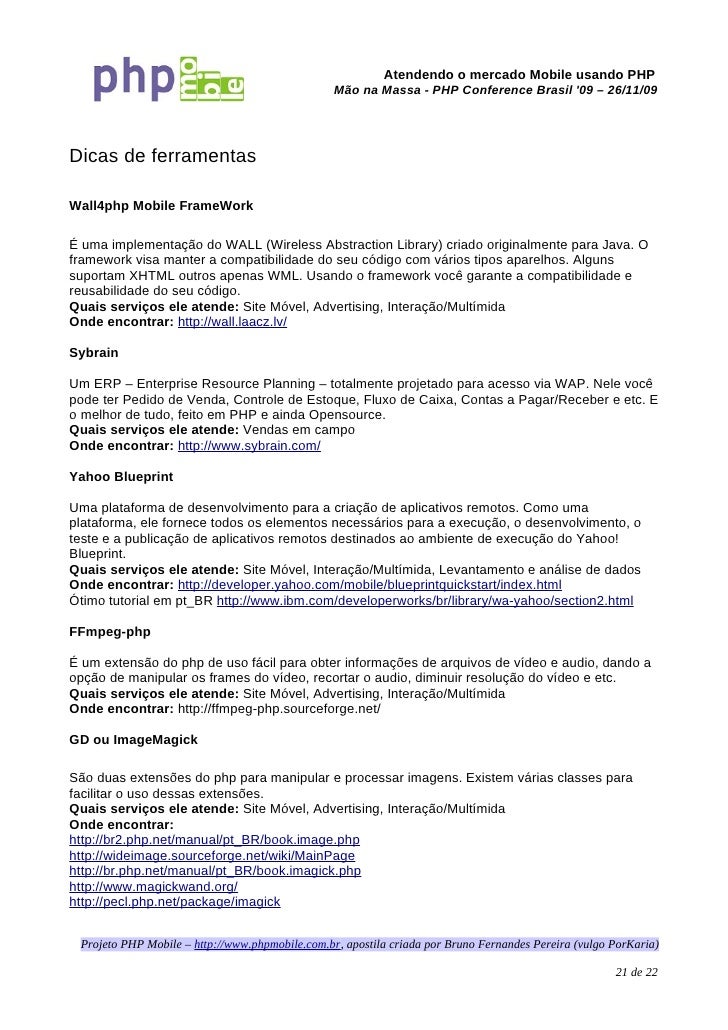
Oct 6 2 weeks ago started b-ponomarenko started nicoespeon/gitgraph. Warning: unpack() : Type c: not enough input, need 1, have 0 in C:xampphtdocsUsedMachinesLibraries+WideImagevendorde77TGA. Include './application/assets/misc/wideimage/WideImage. Activity Oct 20 1 day ago started b-ponomarenko started javierbrea/eslint-plugin-boundaries started time in 23 hours ago. Warning: filegetcontents(Image1) : failed to open stream: No such file or directory in C:xampphtdocsUsedMachinesLibraries+WideImageWideImage.php on line 195.

If (!empty($_FILES)) ) ORDER BY empreendimento ASC")->result_array() If you use iframes, it’s worth noting that any styling applied to the parent page will not be inherited by your content.$idParticipante = $_POST Obviously images cannot be customized aside, perhaps, their sizing. Alternatively, you could provide default styles but allow site owners the flexibility to override them to better fit the design of their site. There are a few ways to approach styling perhaps you want to control everything, keeping your badges consistent across sites. IFrames are probably going to be stripped out.

#Wideimage php software
If you’re intending people to be able to embed content into the body of CMS-driven content or within blog posts, it’s worth bearing in mind that any CMS or blog software worth its salt will block certain types of content. When choosing an approach to this problem, there are a few things you need to weigh up. Now that we’ve examined three approaches, let’s look at some of the things you need to think about when deciding which of these approaches to take. Strictly speaking, we don’t even need that container DIV, but it can be used to apply styling on the host site. Before we can do that, we use a little preg_replace magic to minify the resulting HTML – which also ensures it will all be on one line – then insert it into some very simple dynamically created JavaScript.Įmbedding this into a page is just as simple: This time, though, we’re generating a simple document.write. The first part is identical to the iframe approach. * For simplicity, our datastore is a really simple, static array We’ll inject it into the application container like so: /** For simplicity, we’ll use a static array in practice you’d use a database, but it ought to be pretty simple to swap this out for something more dynamic. WideImage is an object-oriented library for image manipulation that provides a simple way of loading, manipulating and saving images in the most common image. Let’s create a data-store of users, with some information about them which will form the basis of our example “badges”.

There’s also an online demo.įirst, we’ll define our application’s dependencies using Composer: "silex/silex": ">=1.8, register ( new Silex \Provider \TwigServiceProvider ( ), array ( 'twig.path' => _DIR_.
#Wideimage php code
Setting up our Example ApplicationĪll the code from this tutorial is available on Github. In this article I’m going to take a look at some of the ways you can implement this. Our all templates are high-quality & SEO friendly.
#Wideimage php download
This is probably best illustrated with some examples: PGTemplates is the best free any kinds of website templates (Like Laravel Templates, WordPress Templates, PHP Templates, HTML Templates & more) provider, we offer all templates free download with 1 year free to set your server. This can contain up-to-the-minute information from your application about a user, piece of content or another object, dynamically generated and inserted into other websites. One great way of organically promoting your application is to provide “badges” snippets of content that people can embed on their own websites.


 0 kommentar(er)
0 kommentar(er)
